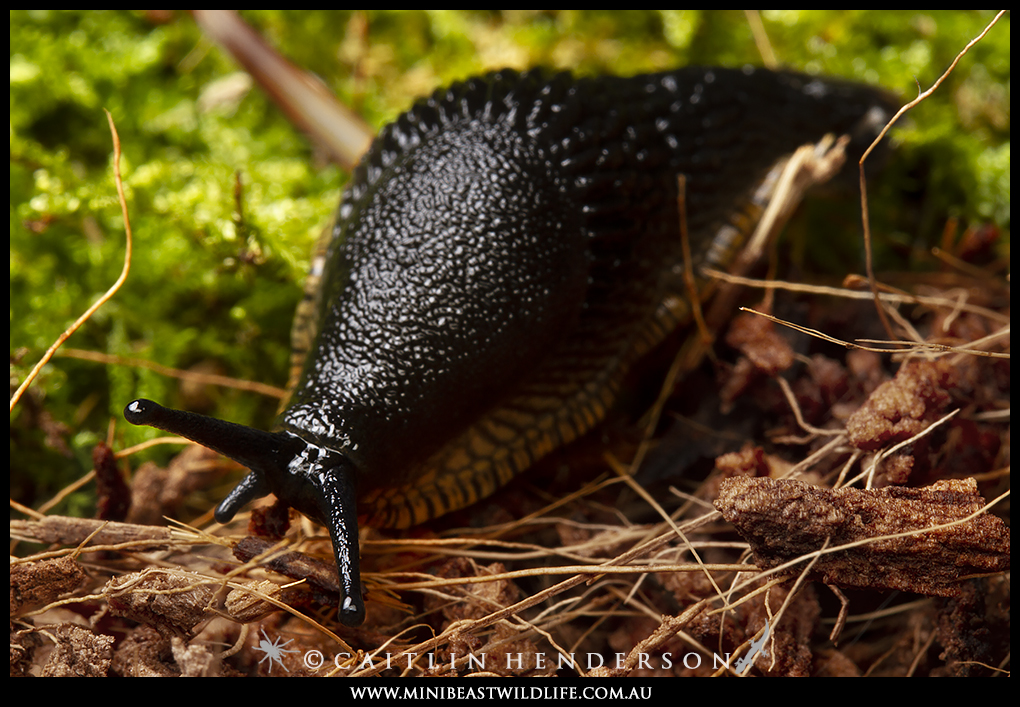
This Black Slug is invading Australia at the speed of … slug
If you live in one of the cooler, wetter climes of Australia, you might have spotted this stunning black slime-machine cruising around. The name is
It’s part three of our four part series on Australian tarantula basics, so if you’re just joining us make sure to check out our previous posts on permits and regulations, and types of tarantulas. If you’re up to speed on your local laws and you’ve got your heart set on a Featherleg or Brush Tarantula (or any of the others), then you’re ready for this week’s guide to purchasing a live spider.
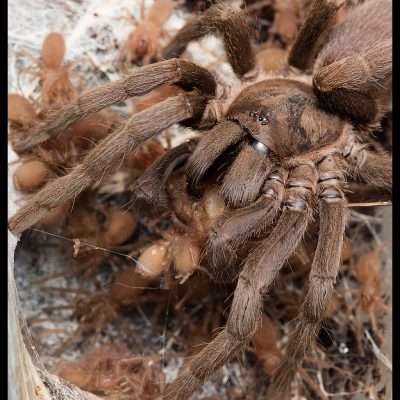
Who sells tarantulas?
It might sound surprising, there’s quite a few options available when it comes to buying tarantulas. You can buy them from some physical pet shops, from specialised suppliers of pet invertebrates (such as us on Minibeast Wildlife’s Bug Shop), or from hobbyist breeders (usually through online ads or Facebook groups). It’s not even necessary to buy local, as tarantulas are able to be shipped around Australia much more readily than larger live animals. However, no matter where you buy from, the same basic considerations come into play: Price, age, supplier support, and perhaps most important factor of all – the origin of the tarantula. I’m going to give a run-down of how these considerations might play into your decision, using some examples of our own practices here at Minibeast Wildlife.
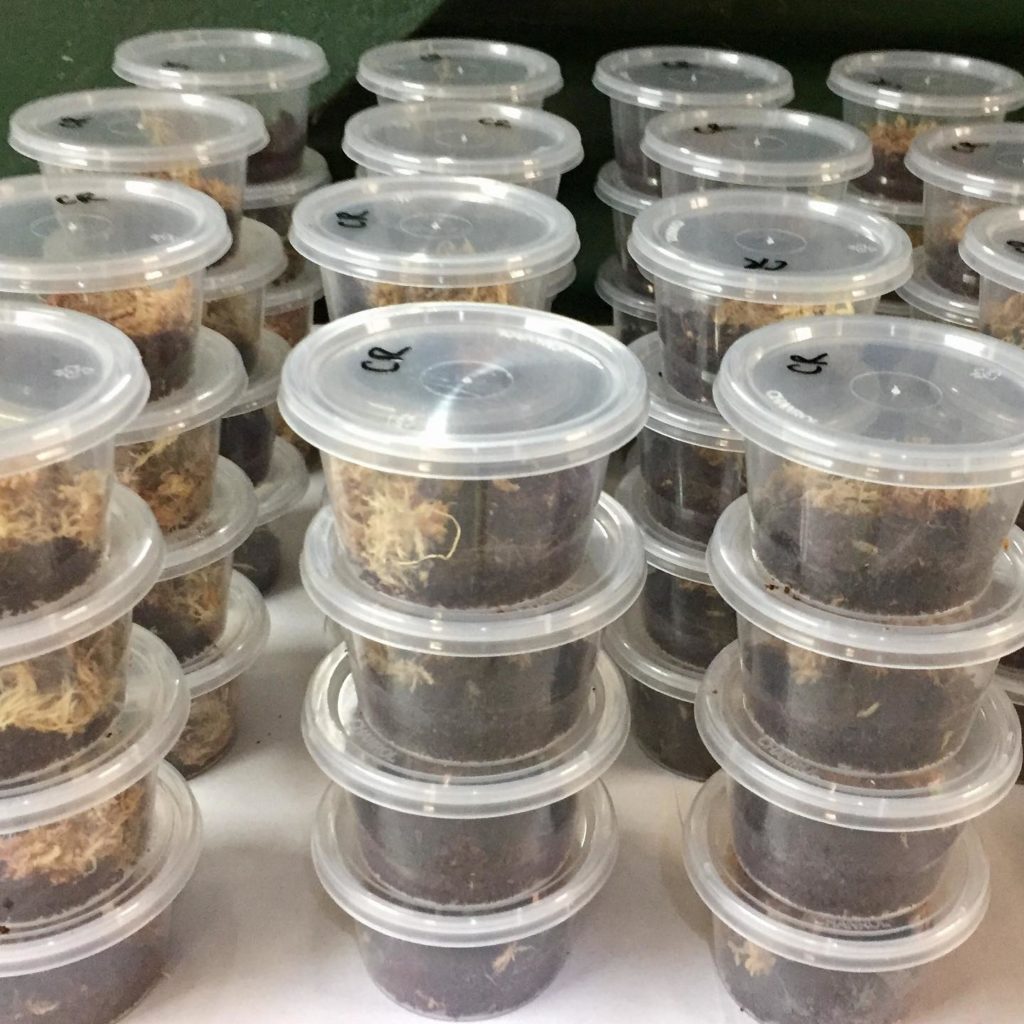
Tarantulas are facing some big challenges right now. The popularity of keeping pet tarantulas and other invertebrates in Australia and around the world is surging, and with that popularity has come a severe consequence for wild tarantula populations: commercial harvest. Commercial harvest is the act of taking tarantulas from the wild to sell (sometimes direct to customers, sometimes to suppliers such as pet shops). This is against the law in some regions and protected areas, in which case it’s considered poaching. At other times, unsustainable commercial harvesting is undertaken legally due to patchy legal protection for invertebrates. Regardless of its legal status, commercial harvest is still incredibly problematic.
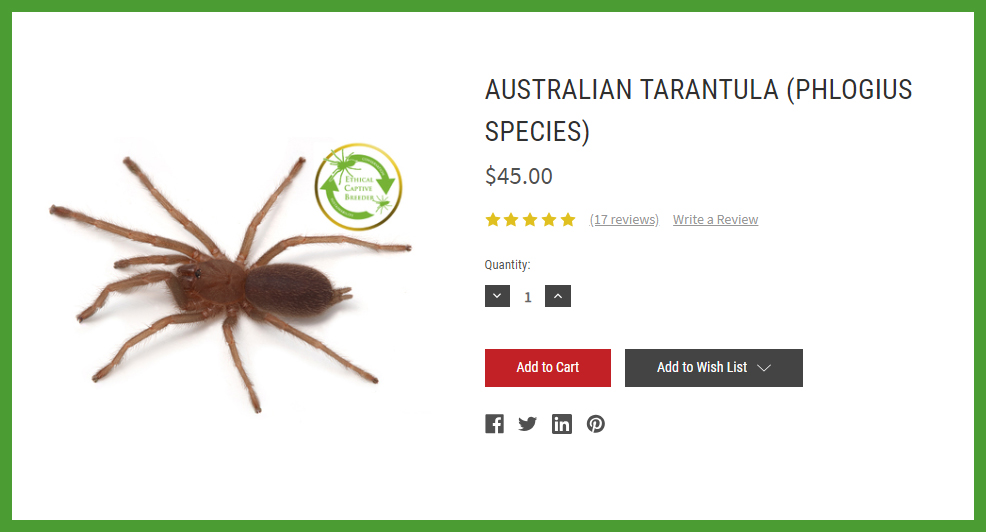
Australian tarantulas and some other invertebrates (such as scorpions) are slow-growing, slow-breeding and have long life spans, which means they recover very slowly (or not at all) from devastating over-harvest. Unique populations may cluster together in small areas, making them easy to find and remove from the ground. Many opportunistic sellers have realised they can make cash quickly by removing large numbers of adult tarantulas from the wild and immediately selling them. Tarantula hotspots can become apocalyptic wastelands overnight, with unscrupulous collectors removing huge numbers of spiders from a single location. This kind of collection has the potential to destroy entire species, if not immediately then over time. Unfortunately, as long as it still comes with financial gain for those who practice it (and as long as there are tarantulas left to dig up), it will continue.
There is no rationale that supports selling wild-caught tarantulas directly as pets, or collecting more than a few adults at a time for breeding. It does not benefit tarantula conservation, can only have a negative effect on wild populations, and meanwhile the profits go to continuing ecologically destructive activities. Without legal backing or resources to police these activities, the only way to protect our native tarantulas from this preventable threat is to refuse to buy from commercial harvesters, and to support breeders who are doing the right thing.
Ethical captive-breeding is the best way to protect our native tarantulas against (at least) this one particular challenge to their survival. At Minibeast Wildlife, ethical captive-breeding means sourcing our adult tarantulas only in small numbers for breeding, and selling only captive-bred juveniles. While that can be disappointing for someone who wants a giant tarantula immediately, it’s much better for our native species and the tarantula-keeping hobby in the long run.
Differentiating true captive-breeders from commercial harvesters and poachers can be more difficult than it sounds, because some sellers do a mixture of both. Because captive breeding is small scale at this stage, the general rule is that anyone who consistently sells adult tarantulas to the public is profiting from commercial harvest and should be avoided. If anyone doesn’t know or won’t tell you where their tarantulas are coming from, such as some pet shops, there is a high likelihood of commercial harvest in this case too.
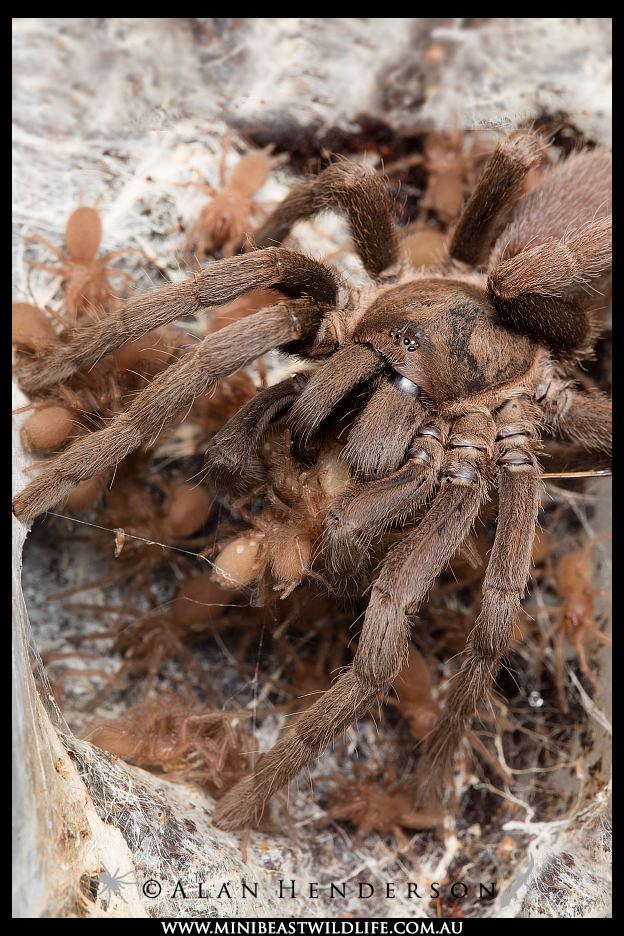
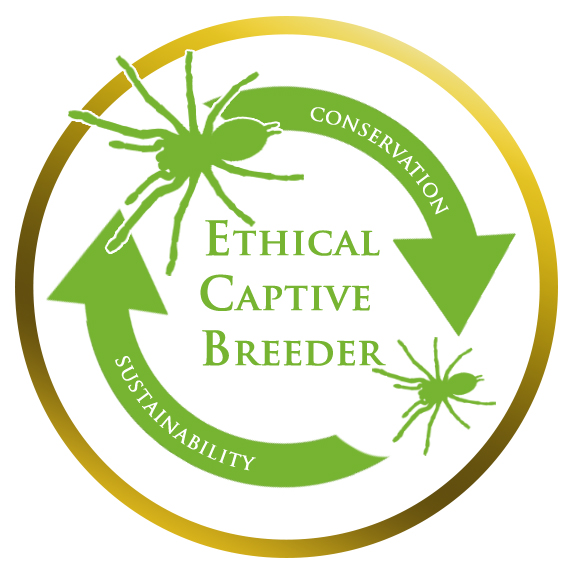
While tarantulas can have long life spans, another reason to buy a captive-bred juvenile is that you know how old it is when you get it. Plenty of unwitting buyers have splashed out large sums of money for an adult spider, only to have it die soon after from old age. On the other end of the spectrum, you want to buy your first tarantula at an age where it isn’t too small for you to look after – around 4th instar (defined in our earlier post) is probably a good guide if you’re unsure.
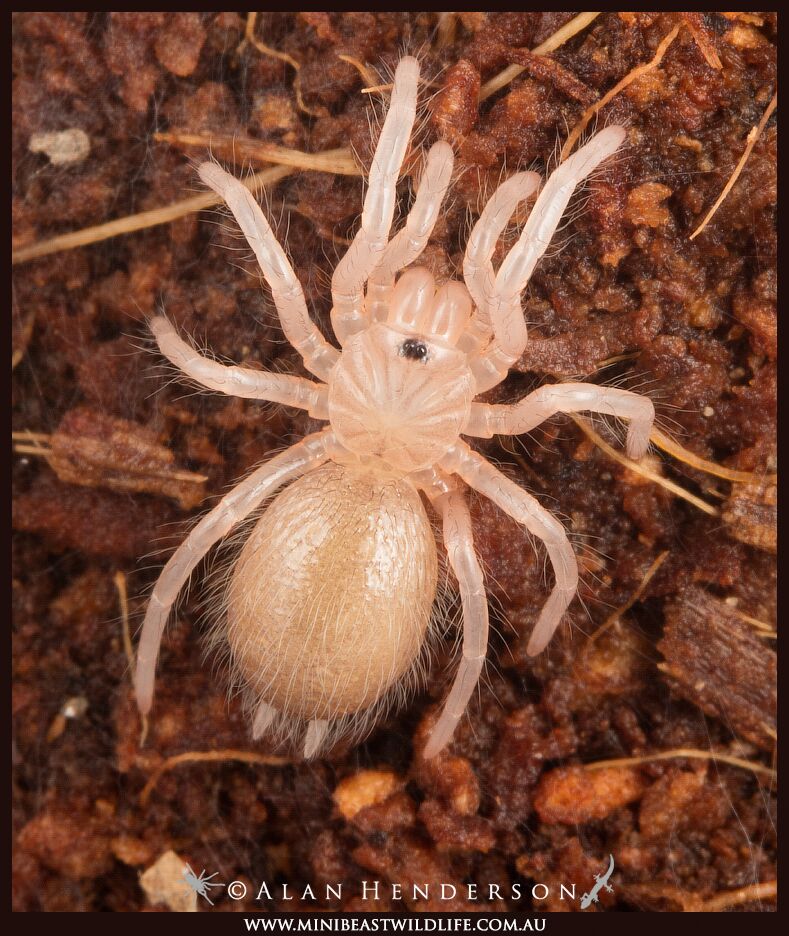
Price is another big consideration when it comes to purchasing a tarantula, and rightly so. As consumers, we’re often wary of being overcharged or ripped off, and hunt around until we find the cheaper options. When it comes to tarantulas, cheaper is definitely not always better. That doesn’t mean that more expensive is better either – it all has to do with what you’re getting for the price.
The price tag on your tarantula depends on a couple of factors. The time and resources spent rearing the tarantula must be recouped, so an older tarantula will cost more than a younger one. For this reason, captive-breeders charge more than wild harvesters because they have to recoup the costs of breeding, incubating and raising young tarantulas, rather than just pulling them out of the wild.
Similarly, businesses have to charge more than casual hobby breeders because they have additional costs and responsibilities, including service guarantees to customers. Under Australian Consumer Law, a business must provide guarantees that the pet you receive is healthy and meets expectations, and must be able to provide replacements or refunds in the case that something goes wrong. Specialist breeders such as Minibeast Wildlife are also able to provide detailed care information, troubleshooting and ongoing support so that your tarantula gets the best possible chance to thrive. It’s important to make sure a similar level of support and guarantee comes with any tarantula you buy, especially as a first time buyer.
Physical pet shops tend to weigh in at the hefty end of the price scale because their costs are even greater. They need to pay staff and store rental, in addition to purchasing their tarantula stock from breeders – or wild harvesters. However, not being invertebrate specialists, many pet shops are not able to offer support or detailed information on tarantula care, and may not sell their tarantulas in good condition. In the end, the difference between the cheapest and most expensive tarantulas of a similar age can amount to something like $20-30. If the tarantula is going to be with you for the next decade, then these small differences don’t amount to much over time. The most important factor is getting a healthy animal sourced from sustainable practices, and getting the support you need to raise it successfully.
That’s all for our third installment on buying your first Australian tarantula. Next week we complete our series with a round-up of keeping tips, from enclosures, substrate and feeding to some basic troubleshooting.
Article written by
Do you like this article? Share it on your favourite platform.

If you live in one of the cooler, wetter climes of Australia, you might have spotted this stunning black slime-machine cruising around. The name is
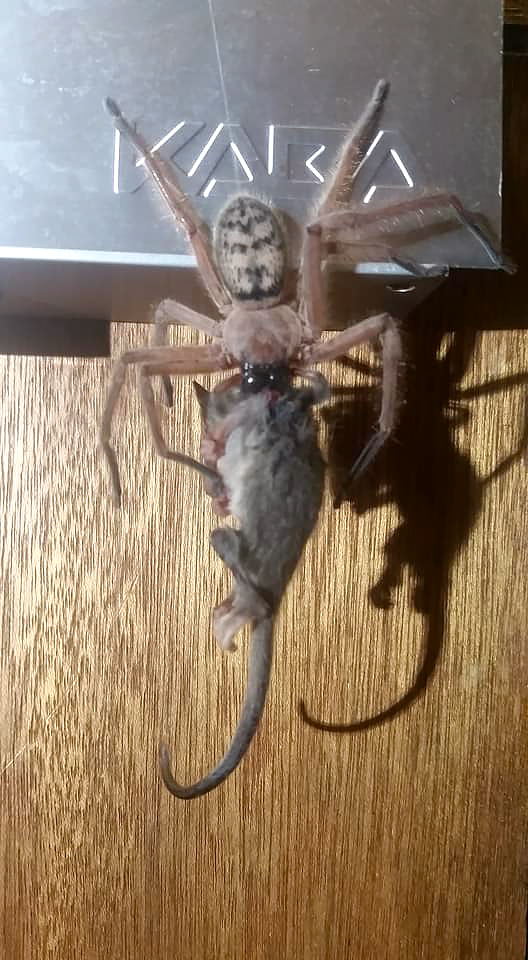
Have you heard there’s a new spider in town with a thirst for possum blood? Yesterday I was interviewed by Jules Schiller on ABC Drive
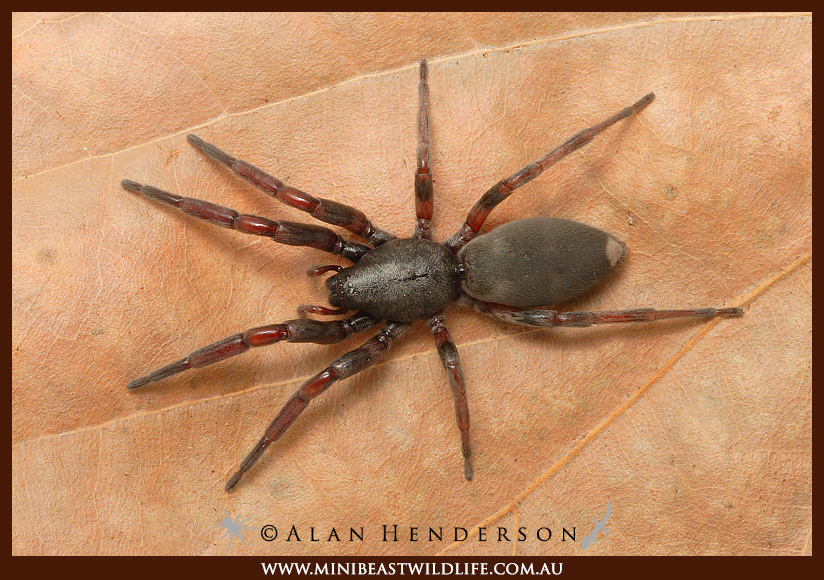
You’re reclining on your couch in the late evening, watching something on TV and thinking about heading to bed. Out of the corner of your
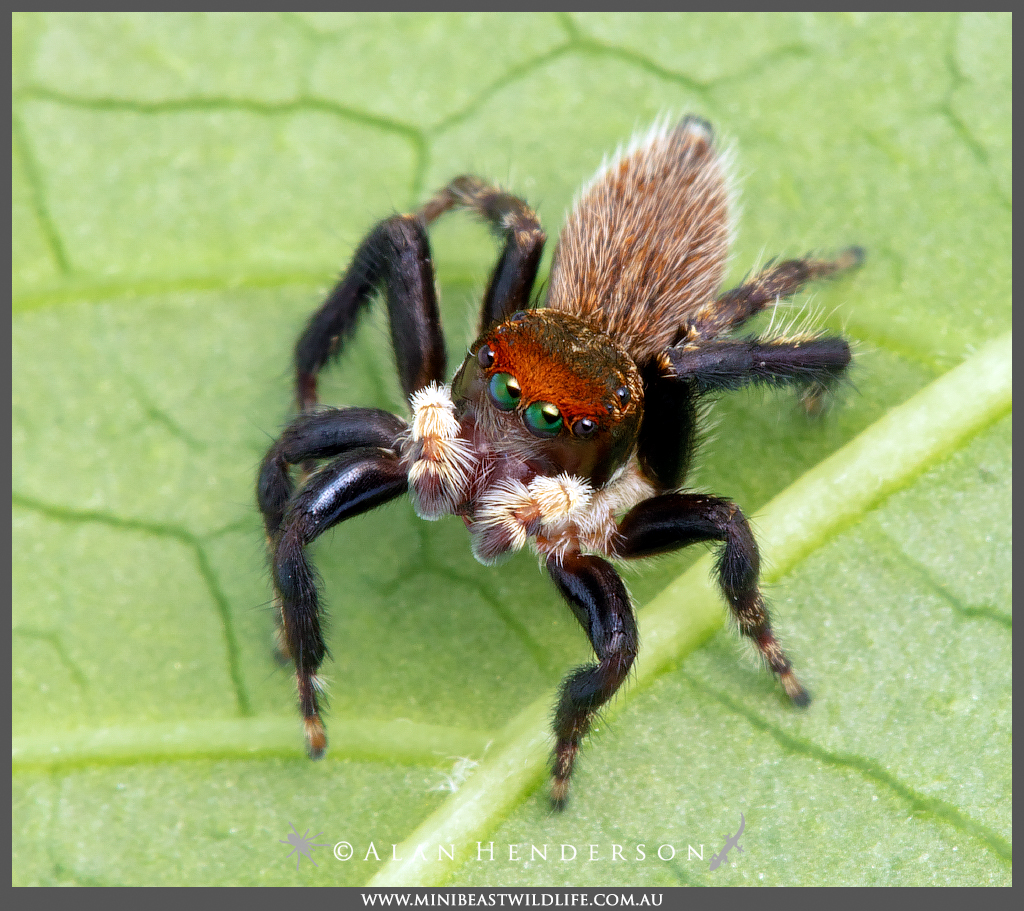
If you live in Australia, there’s one universal truth: you’ve got spiders in or around your house. The good news is that very few spiders